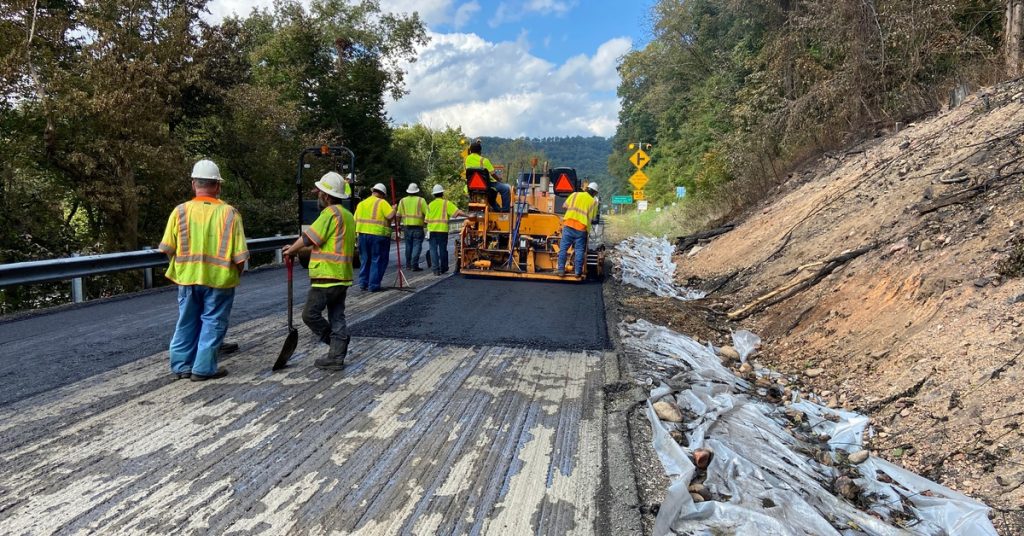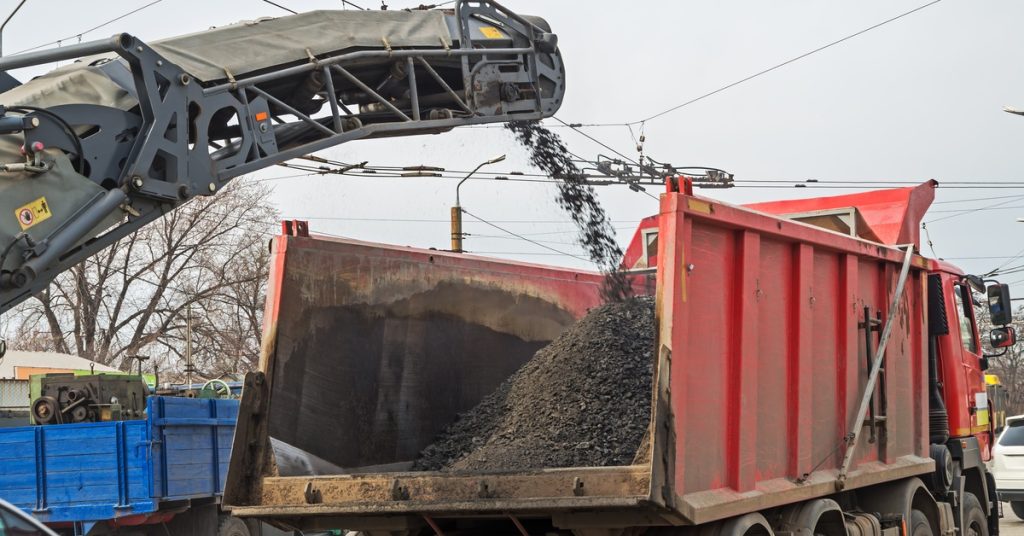The success of an asphalt milling project depends on thorough preparation and precise execution. Rushing through the planning phase or overlooking key details can lead to expensive mistakes, delays, and unsatisfactory results.
Smart contractors know that every step, from assessing the site to choosing the right equipment, plays a crucial role in delivering a professional finish. By focusing on efficiency and proper techniques, you can avoid common pitfalls, stay on schedule, and maintain your budget. These nine strategies will help you optimize your asphalt milling project.
Determine a Budget Early On
Financial planning should shape every decision in your milling project. Start by calculating material costs, equipment rental fees, labor expenses, and potential overruns. Factor in unexpected issues related to underground utilities or weather delays that could extend your timeline.
Break down the expenses by project phase rather than creating one lump sum. This approach helps you track spending more accurately and identify areas where you can save. Consider the long-term value of quality materials versus cheaper alternatives that might require frequent repairs.
Equipment costs represent a significant portion of your budget. Research rental rates for milling machines, street sweepers, and support vehicles well in advance. Some contractors find that purchasing used equipment makes more financial sense for larger projects, while others prefer the predictability of rental agreements that include maintenance coverage.
Clean the Site Before Starting the Project
Remove all loose materials, vegetation, and foreign objects from the work area at the start of the project. This step prevents equipment damage and ensures consistent milling depth across the entire surface.
Pay special attention to areas around storm drains, curbs, and utility covers. These zones often accumulate sand, leaves, and other materials that can interfere with proper milling. A thorough cleaning also helps you identify potential hazards or underground utilities that weren’t marked during the initial site survey.
Professional site preparation services can handle this task efficiently while you focus on other project elements. The milling and paving cleanup services you get from CPM Sweeping utilize advanced street sweeping machines to handle debris and dust, ensuring your site is left spotless and compliant with environmental standards.
Inspect the Asphalt for Any Issues

Thoroughly inspecting asphalt before milling helps identify and address potential problems early, preventing expensive delays and surprises during operations. Walk the entire project area and carefully evaluate the surface. Document visible issues such as cracks, potholes, oil stains, or areas where the asphalt has separated from the base layer.
Pay close attention to any signs of underground utility damage or settling, as these can indicate deeper structural problems that need addressing. Look for drainage issues, such as standing water or uneven wear patterns, which may suggest poor water flow or concentrated heavy vehicle traffic. Check seams and joints for signs of failure, as these areas often require extra care during milling.
Take detailed notes, and use photos and measurements to create a clear, comprehensive record of the existing conditions. This documentation will help your team plan the most effective milling approach and allocate resources efficiently, ensuring a smoother project from start to finish.
Scale the Project to Your Specific Needs
Residential parking lots don’t involve the same workload as major highways, and your equipment choices should reflect these differences. Consider the traffic volume, load requirements, and expected pavement lifespan when planning your approach.
Think about staging the work to minimize disruption to the public. Large projects often benefit from phased approaches that keep portions of the paved area operational while work progresses. This strategy requires careful coordination but can significantly reduce the impact on nearby businesses and residents.
Plan To Redirect Traffic
Traffic management affects both safety and project efficiency. Develop a comprehensive plan that accounts for peak traffic hours, emergency vehicle access, and pedestrian movement.
Coordinate with neighboring businesses and residents to minimize disruption. Provide clear information about project timelines, alternate routes, and contact information for questions or concerns. Good communication reduces complaints and helps maintain positive relationships in the community.
In order to optimize your asphalt milling project, consider the impact of traffic restrictions on your team’s work schedule. Some operations work better during off-peak hours, while others require daylight for safety reasons. Balance these competing requirements to create a realistic timeline that prioritizes both safety and efficiency.
Use Technology Built for the Job
Milling machines with automated grade control systems maintain consistent depth and produce smoother surfaces. These machines also work faster and reduce material waste through precise cutting. The initial investment in advanced equipment pays dividends through improved quality and reduced rework.
Ensure Proper Grading
Accurate grading is critical to the long-term performance of any pavement project. Use surveying equipment to check grade elevations at consistent intervals across the entire project area. Even minor variations can lead to water pooling, which accelerates pavement deterioration and creates safety hazards.
When reviewing the grade, consider how it will interact with existing infrastructure such as curbs, sidewalks, drains, and building entrances. Ensure that water flows properly toward drainage systems without causing ponding near critical areas. Plan for smooth transitions between the new pavement and these elements to maintain accessibility and meet ADA compliance standards.
Proper grading also supports safe movement for vehicles and pedestrians. Sudden dips or rises can create tripping hazards or affect vehicle performance. By addressing grading issues early, you not only extend the lifespan of the pavement but also ensure a safer, more functional final surface.
Get the Thickness Right

Milling depth directly affects both the overall project cost and pavement performance. The goal should be to remove enough material to eliminate surface defects while preserving the structural integrity of the underlying base.
Keep in mind that pavement thickness often varies across a site due to differences in original construction methods, overlays, or previous repairs. Conduct thorough inspections and measurements to identify these variations before milling begins. Adjust your milling plan accordingly to achieve a consistent final thickness. This helps maintain structural durability and ensures the new pavement layer bonds properly, maximizing its lifespan.

